
Historical reconstructions and sweet delights
Are humanities studies nothing more than leafing through old books and journals? At the University of Wrocław, you can quite literally touch history and even taste it.
Our students and doctoral candidates have been recreating historical culinary recipes entirely by hand.
The practical sessions in history were joined by young researchers from the Wroclaw Medical University.
Participants first studied the recipes, then obtained the necessary ingredients, and finally prepared the dishes.
This time, the meatless dishes were recreated on the basis of recipes from Old Polish manuscripts and historic cookbooks.
They prepared, among others:
Cukier lodowaty ciągniony gładki, z którego różne figury i osoby robią
Cukier na piersi
Pączki cukrowe
Kosze szańcowe
Kasza z jaj
Kloski z marchwie
Bigosek maślany z naleśnikami
Musztarda z cytryn
Manus Christi kołaczki perłowe
Konfekt z cyprysu w cukrze
The main initiator of the workshops devoted to Old Polish cuisine is dr Jakub Węglorz from the Institute of History, Faculty of Historical and Pedagogical Sciences, University of Wrocław (Department of Polish and General History from the 16th to 18th Century). As he explains: In this way, we examine the extent to which our contemporary perception influences the interpretation of reconstructed recipes.
Dr Danuta Raj from the Department of Pharmacognosy and Herbal Medicines at Wroclaw Medical University describes the dishes as follows: We have doughnuts that do not look like doughnuts, and bigos that is not bigos.
One of the greatest surprises for participants were the Carrot Dumplings (“Kloski z marchwie”). Below is the recipe:
Take a large carrot, smooth and even, peel it, place whole in a pot and cook. When half cooked, hollow it out from the thicker end and fill the cavity with the following: take grated bread rolls, mix with raw egg yolks and a little cream until thin, add saffron, spices, salt, and a little butter. Fill the carrot with this mixture. Place the cut-off piece back on top and return the carrot to the pot until it becomes soft. Then slice into coins. To make the sauce: take yolks, sweet cream, a piece of butter, saffron, spices, and ginger. Cook together, stirring, and pour it over the dish.
And for dessert and for ailments: Chest Sugar (“Cukier na piersi”).
A measure of cinnamon, a measure of almonds, half a measure of cloves, half a measure of ginger, a small measure of cardamom, together with galangal, long pepper, and nutmeg blossom. Having mixed all of this, take an amount that shall form one sixteenth of the whole. Chop everything finely, then sift it through a fine sieve so that whatever crumbles into powder may fall through. The almonds and the nutmeg blossom must be chopped separately. Then take a pound of refined sugar and boil it until it reaches the consistency used for Manus Christi wafers, only somewhat thicker and paler; thus boil it further to the desired state. Sprinkle in the ingredients and add a small measure of rose spirit, mixing well. One must first prepare enough small paper boxes, such that eight may be made from a single sheet. Grease them with almond oil or unsalted butter, and pour into them the sugar together with the ingredients, prepared as described. If anything remains in the pan, add rose spirit, crush it with a wooden pestle, mix again, and having boiled it once more, pour it into additional moulds.
What was the most difficult? − A certain lack of precision in some of the recipes − reflects Mateusz Kurkowski, a doctoral candidate at the Historical Institute of the University of Wrocław. − But once we get to grips with the historical vocabulary, we are generally able to reconstruct the recipes quite effectively, although we sometimes lack practical experience; after all, we are historians, not cooks.
Hence the need for professional culinary support.
The researchers collaborated with Wrocław restaurateur Jacek Boniecki, owner of Wrocławska, who provided access to a professional kitchen and the support of Head Chef Konrad Latawiec. The chef already intends to adopt one of the recipes: I plan to serve Cukier na piersi as a dessert for our guests.
To ensure accuracy and faithfulness to the historical originals, participants sought to reconstruct not only the ingredients, but also the procedures and tools used in preparing the dishes.
The recipes come from source editions published by the Wilanów Palace: „Moda bardzo dobra smażenia różnych konfektów” and „Staropolskie przepisy kulinarne. Receptury rozproszone z XVI-XVIII w. Źródła rękopiśmienne”.
This is not the first attempt at such historical reconstructions, we encourage you to read last year’s text.
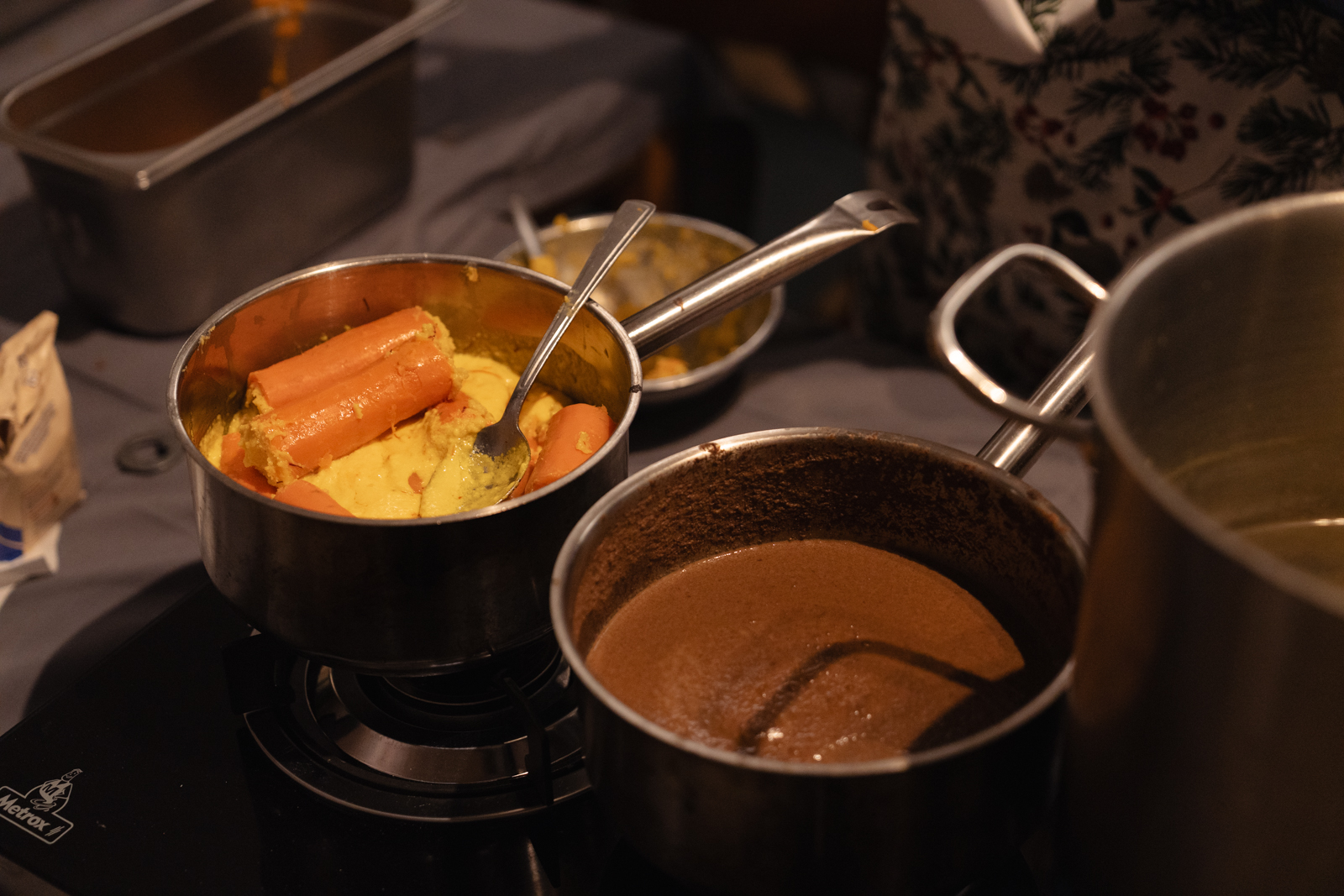
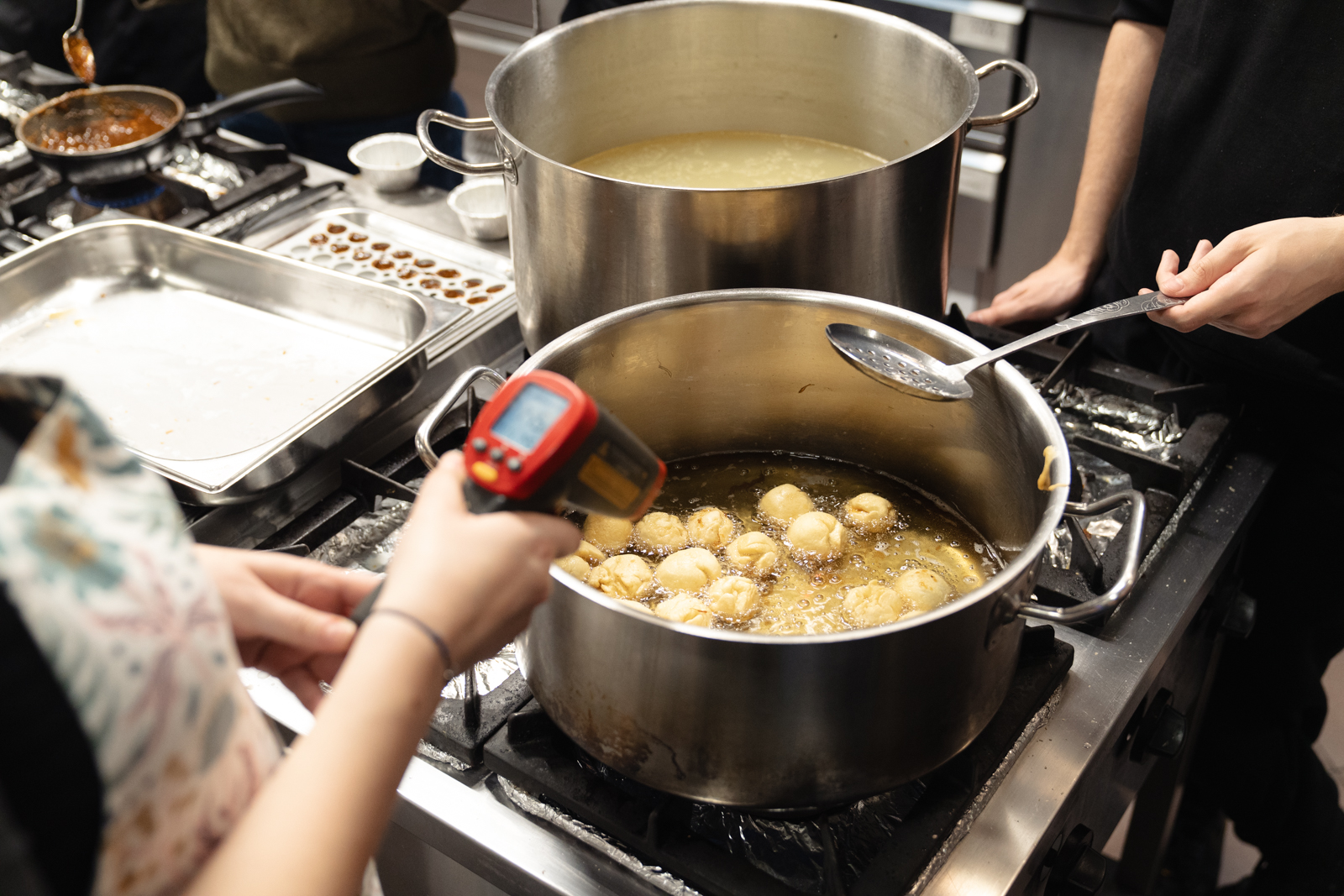
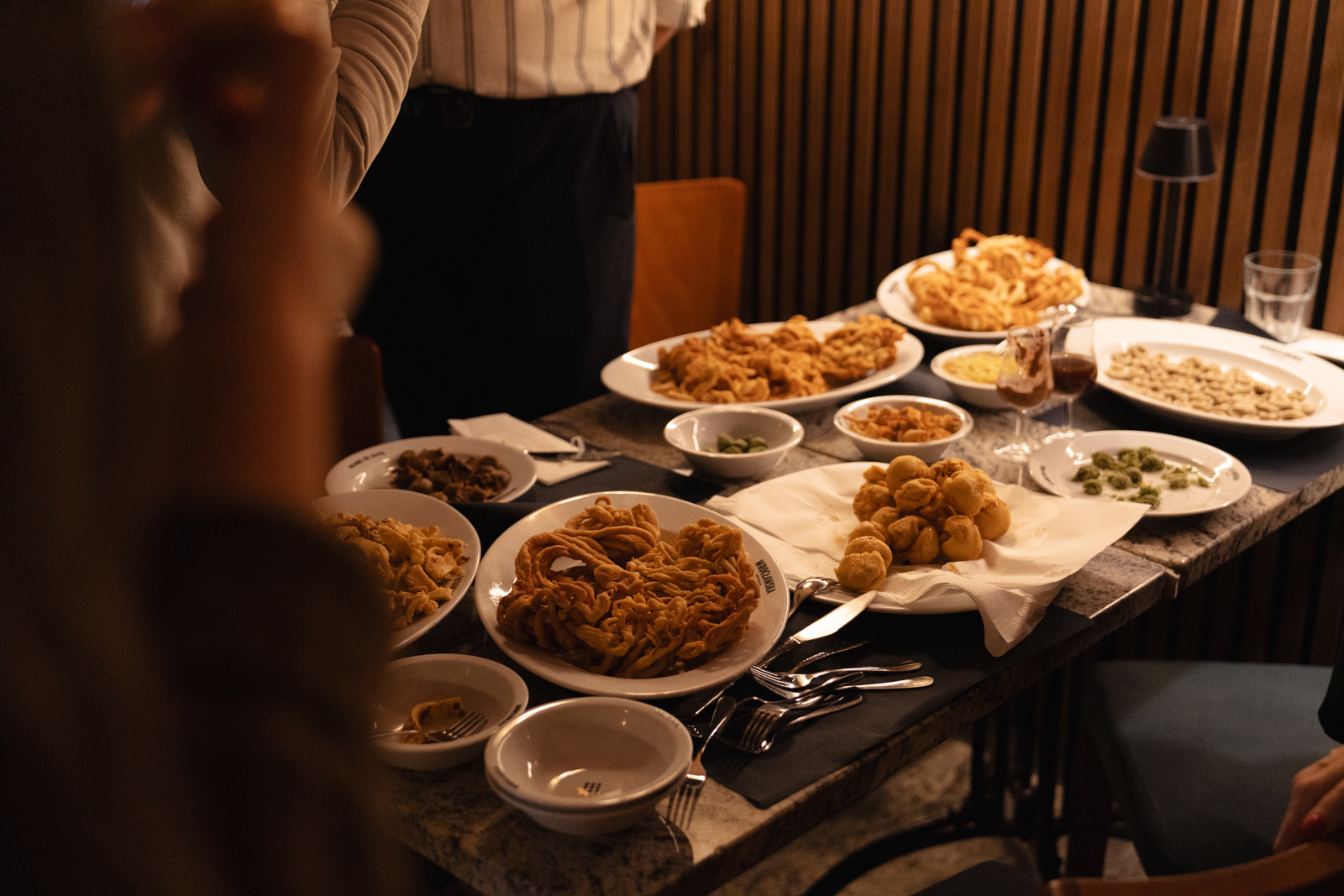
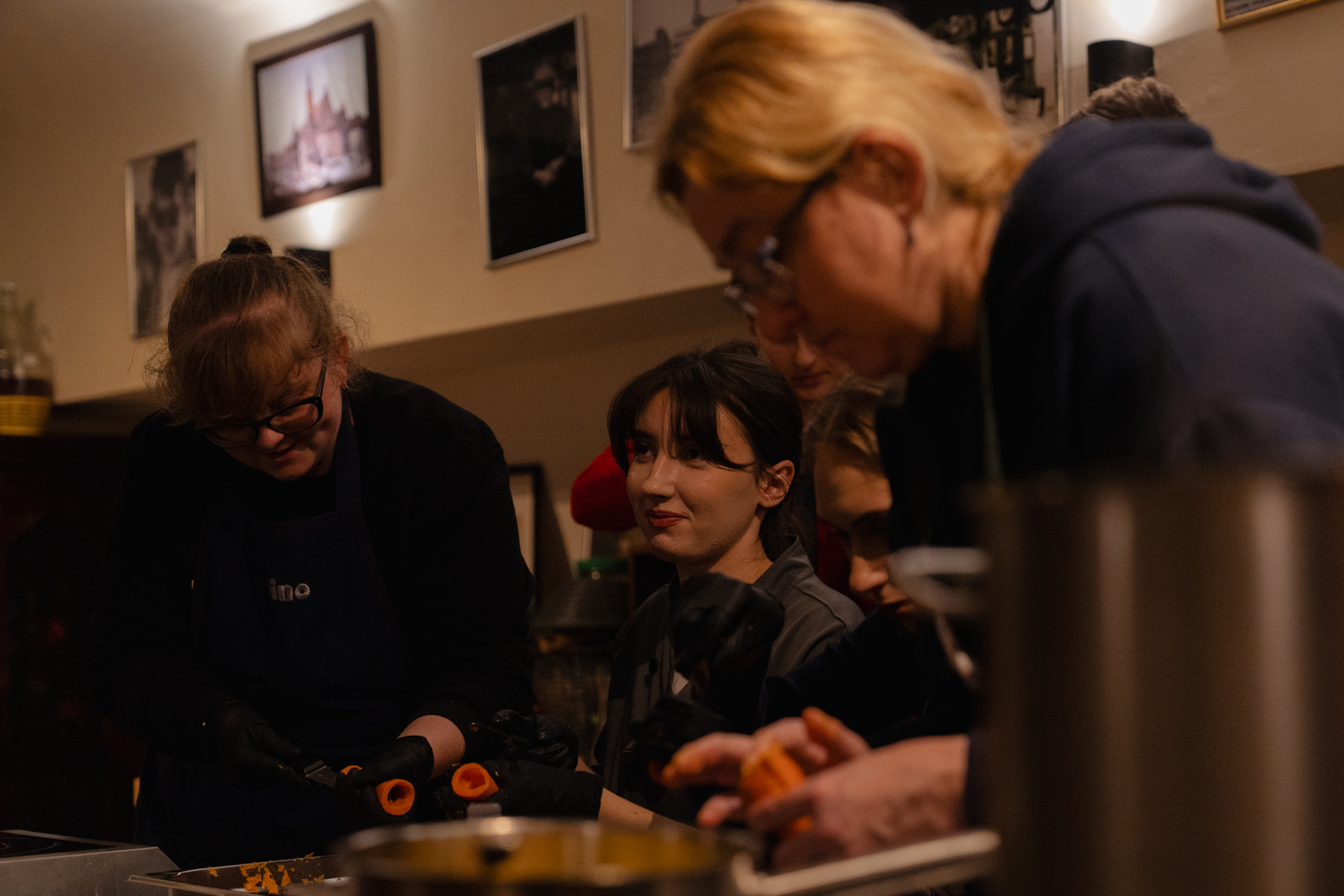
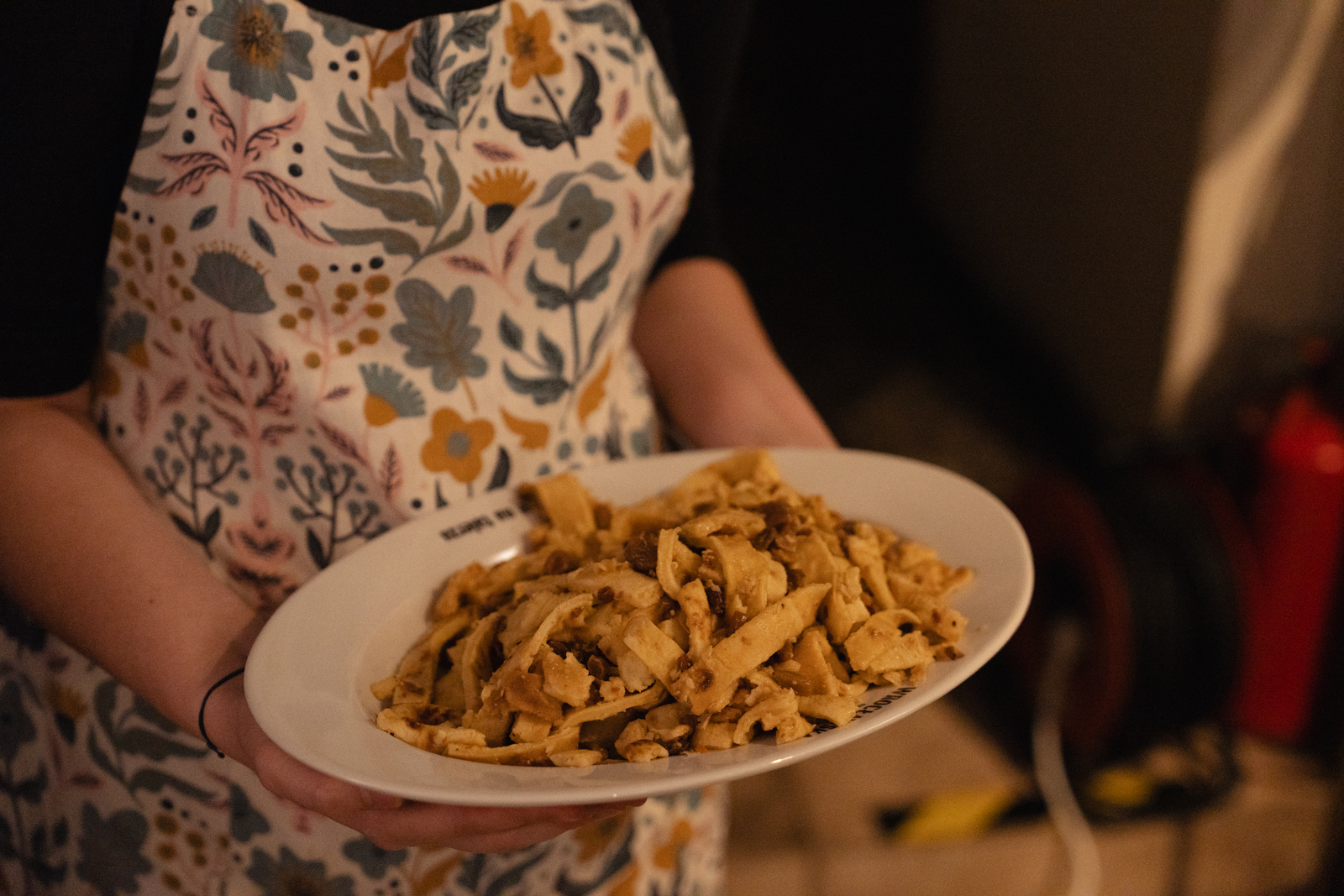
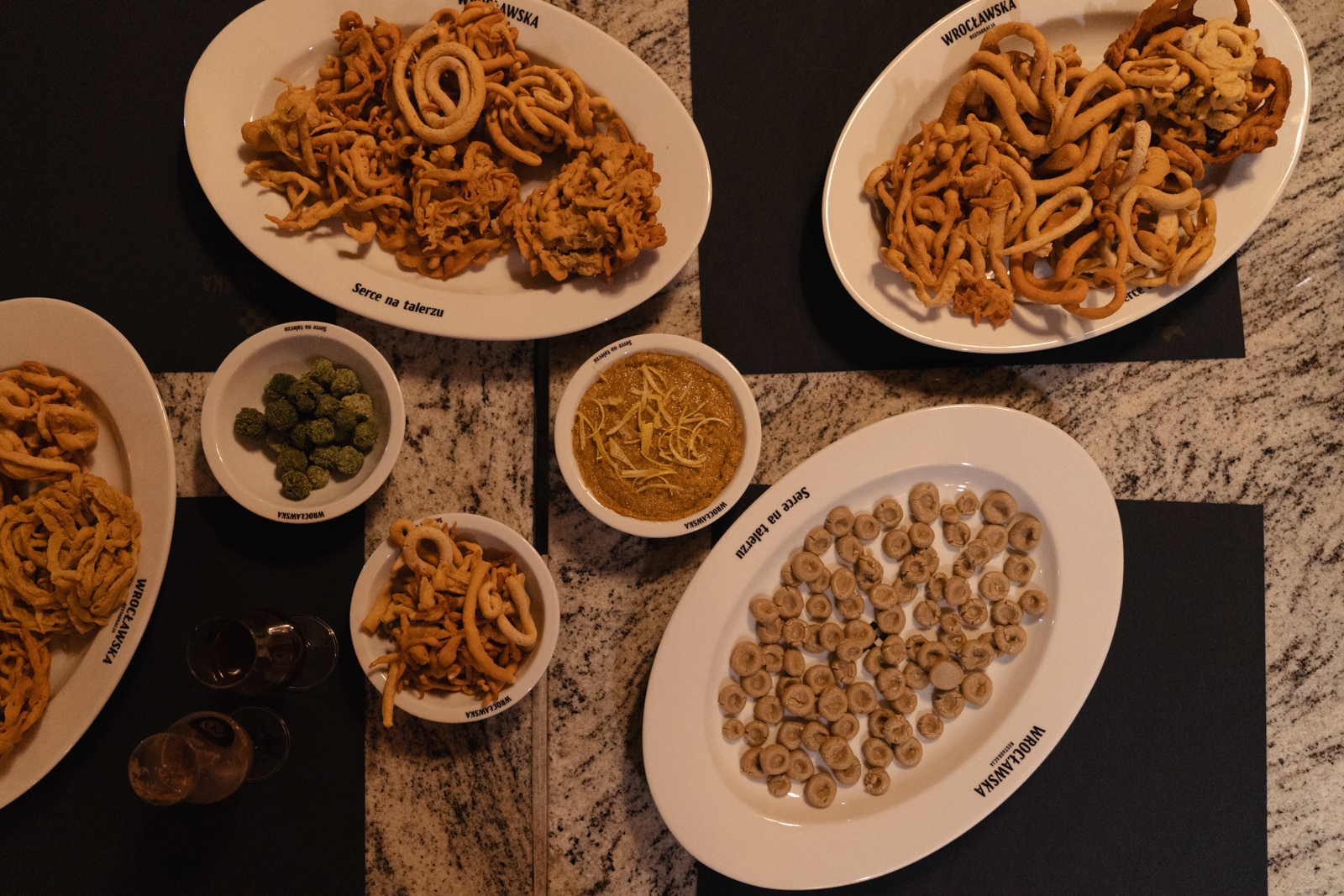
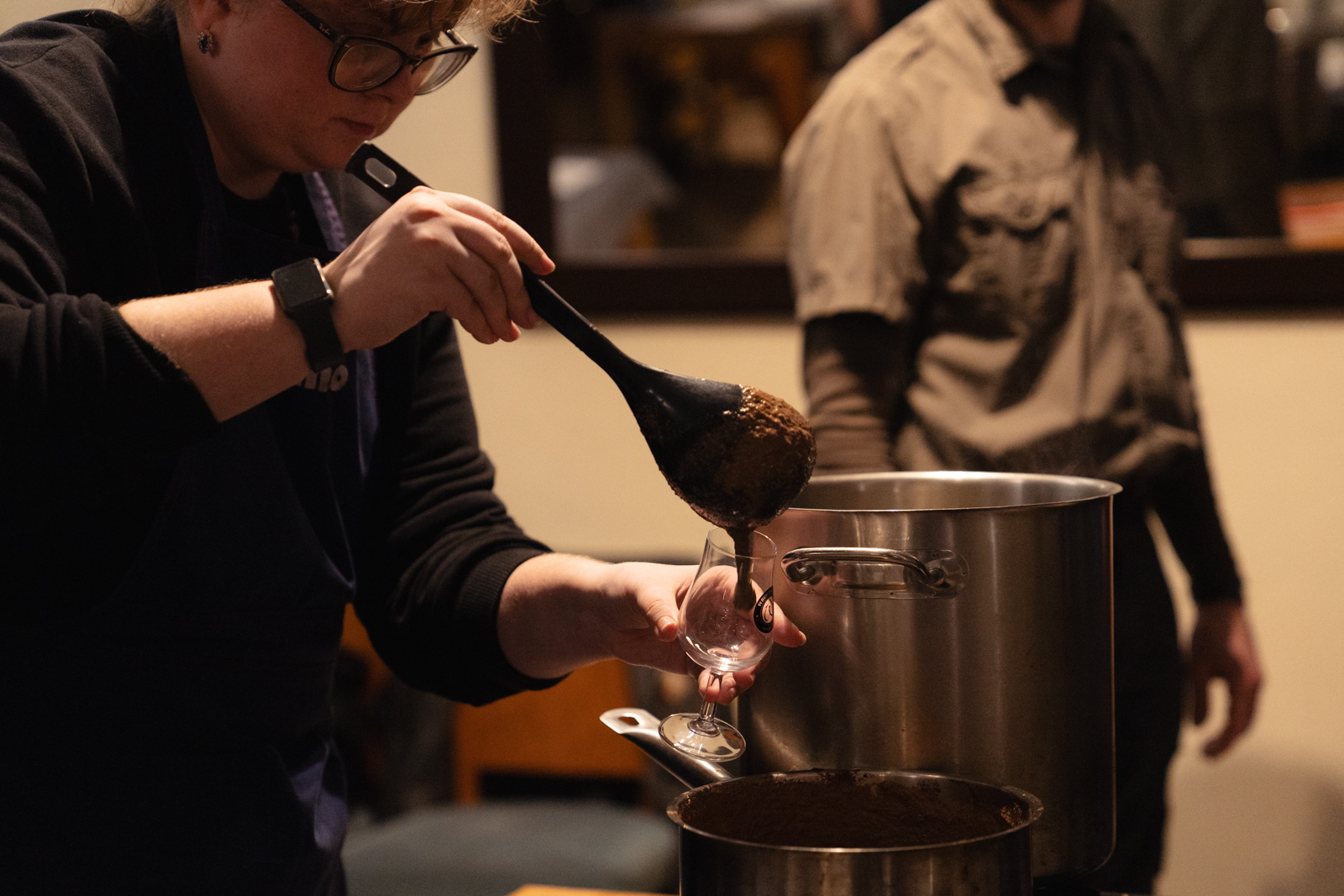


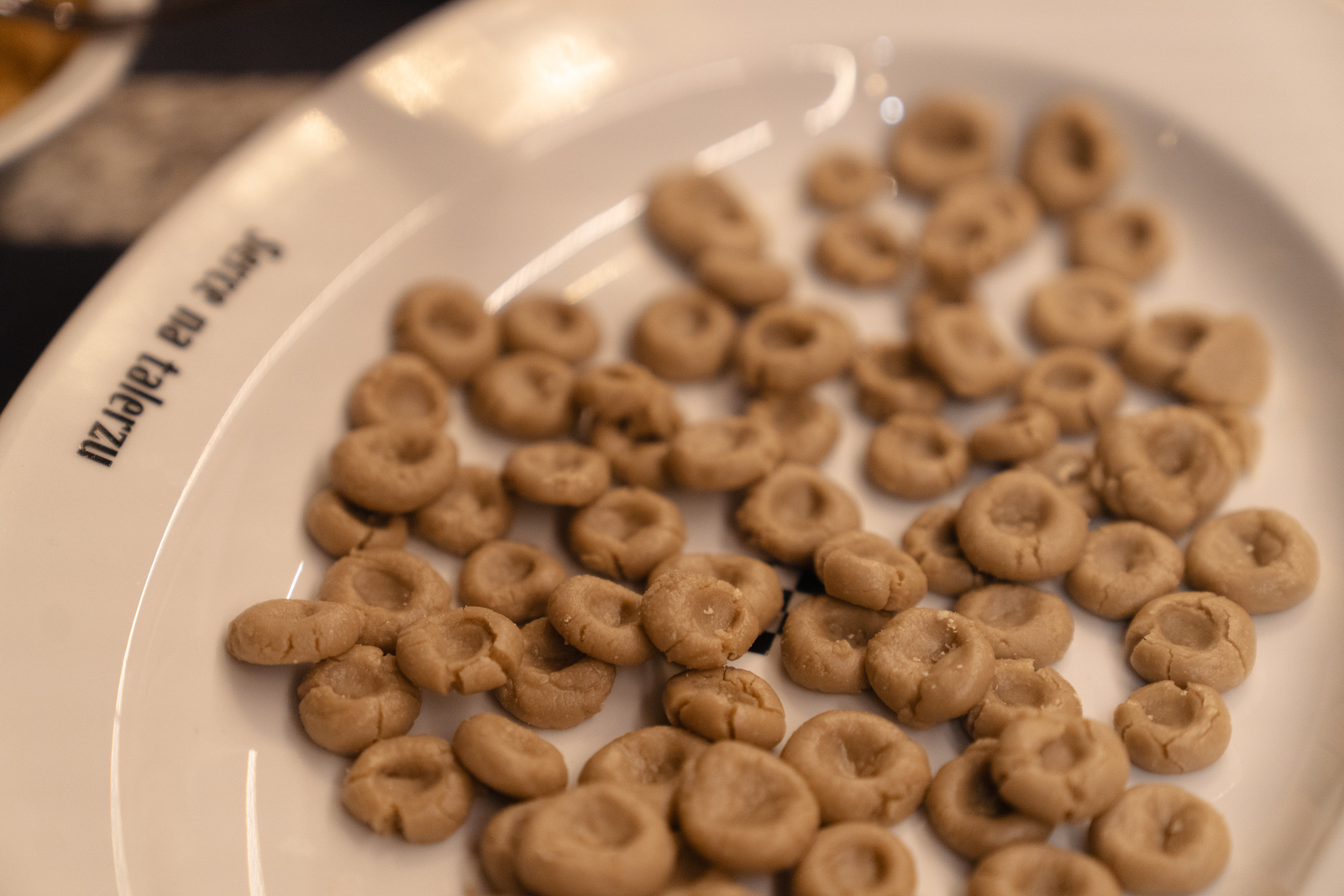

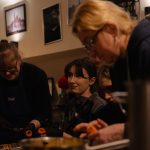
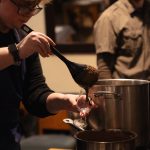
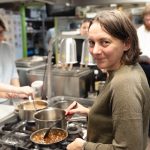

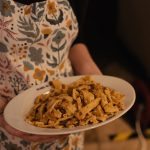

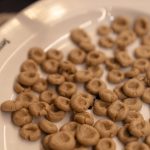
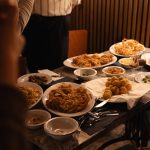
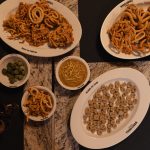
Complied by Katarzyna Górowicz-Maćkiewicz
Date of publication: 20.11.2025
Added by: M.J.



